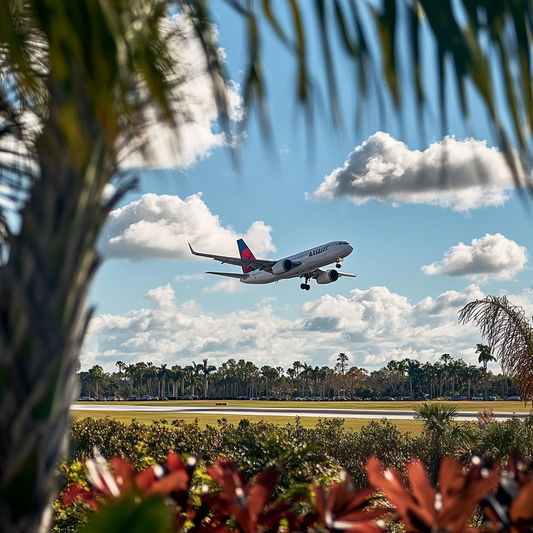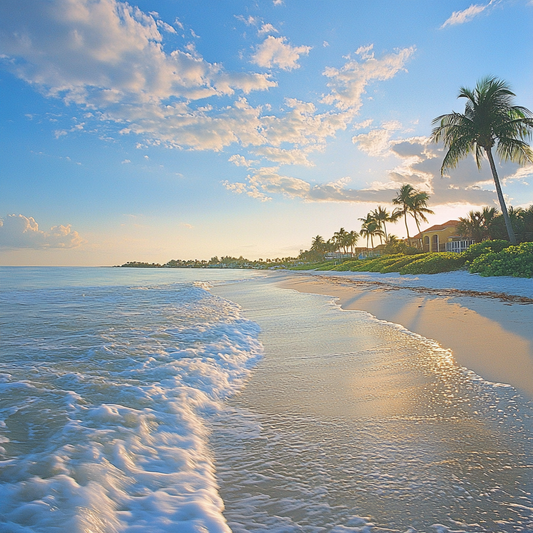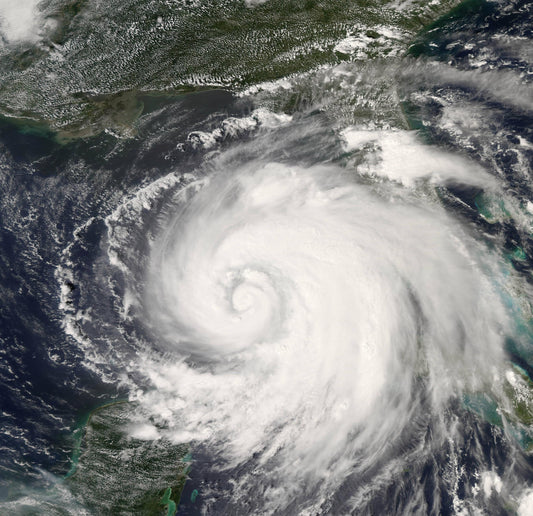
When it comes to storms in Florida, how do you prepare for a hurricane? You should know what to do if a storm is approaching, such as evacuating to a safe place or staying indoors. Learn about evacuation routes, Flooding, and Storm surge. Be sure to listen to weather warnings and prepare accordingly. In addition, you should know about how to deal with water in your home, especially if you don't have a system that supplies water.
Storm surge
If you live in a low-lying part of Florida, then you've likely heard about the dangers of storm surge. Flood waters can rise a foot or more before the car leaves the driveway. Depending on the storm surge's speed, it can sweep a car away at 10-15 mph. To prepare for storm-surge flooding, take these steps. If you live in a high-risk area, evacuate as soon as you can. Storm surges can isolate people for weeks.
Floating debris and storm surge can cause huge damage to buildings. Even a one-foot surge can wash cars off the road. Storm surges are even more destructive if they are accompanied by large waves. They can cause buildings to cave in. This is why you must prepare for storm surge before a hurricane hits. The storm surge will increase your property's damage. In some areas, it can flood entire cities.
If you live in an area prone to storm surges, you should sign up for the National Oceanic and Atmospheric Administration's Emergency Alert System. Sign up for local alerts about hurricanes so you can prepare your home in advance. Practice evacuating if the storm surge is approaching your home. It's best to seek safe shelter in a small interior room with no windows. If you can't make it to safety, tie yourself to the lowest level of a sturdy building.
Once you're aware of where to evacuate, the OEM will relay important information to local media, including shelter openings, evacuation information, and hurricane updates. In Florida, storm surges are especially dangerous, and residents should determine if their homes are safe during a hurricane. During a hurricane, the high winds will cause considerable damage to any unsecured objects. Unsecured items can become projectiles and cause serious injuries.
Evacuation
Evacuation for a hurricane in Florida is highly dependent on the hurricane's severity. Evacuation orders are given in several zones, and each zone is at a different risk level. Typically, residents in Zone A should evacuate, but there are some exceptions. Some people are in danger only if they are in the most vulnerable area, such as the beach. Similarly, people in Zone B or C should evacuate if the storm surge is higher than 6.5 feet.
It is wise to make arrangements for host homes outside the evacuation area. This is because there may be limited space at public shelters. Also, remember your medications and any written instructions from your doctor's. You can prepare for disaster by keeping copies of important documents with you in your wallet. Also, if you need special equipment, make sure you label it with your name. When evacuating, you must be aware of alternate routes, including bridges or roads that are inaccessible.
Even if you are not located in a mandatory evacuation zone, you should be prepared for long-term power outages. In addition, you should know how well your house is equipped for handling power outages. Generally, Guthrie suggests preparing supplies for five to seven days, although the FEMA three-day rule is more effective for many people. Remember that you don't know when and where to evacuate, so be prepared.
You must be aware of the storm's expected surge and winds. If you live in low-lying areas, it is advisable to evacuate to higher ground in another county, such as Pinellas County. This way, you can avoid driving through other counties or crowded shelters. You should also check with local authorities for the latest updates. If the storm is approaching Florida, it is vital to get out of the hurricane area as soon as possible.
Flooding
As one of the most destructive natural disasters, hurricanes can bring torrential rains and damaging floods. Coastal and inland residents are most at risk of flooding, which can happen quickly and severely. Flash flooding is the sudden rise in water levels, while long-term floods may last for days. When approaching water in the roadway, you should follow the Turn Around, Don't Drown mantra.
In the case of a storm surge, flood waters may contain chemicals, raw sewage, and other debris. Additionally, electricity may not be restored if water levels are too high. Water sourced from wells may be unsafe for drinking. The resulting standing water may also contain chemicals and contaminated water. Even tap water may become unsafe for drinking, and the road may be damaged. For this reason, it's crucial to prepare your property for floods by reviewing flood zone maps.
The Atlantic hurricane season lasts from June 1 to November 30. The peak hurricane season in Florida occurs between August and October. This means that people living along major rivers and waterways are at risk. In Southwest Florida, residents of Lake Okeechobee and the surrounding area should consider storm surge preparation. Hurricanes can bring flooding and tornadoes. Additionally, storm surge can result in walls of water up to 30 feet high, which can flood low coastal areas and beachfront properties.
A hurricane safety plan should include specific steps you must take before, during, and after a disaster. The best way to do this is to use Florida's "Get a Plan" website, which will generate a personalized disaster plan. In addition, the Florida Division of Emergency Management website has a wealth of preparedness knowledge, including links to local resources. It's vital to follow local and national guidelines in case you're in a hurricane zone.
Weather warnings
No one wants to be caught unprepared for a hurricane, but knowing how to prepare for a hurricane in Florida is vital. This natural disaster is one of the most destructive forces in the world and can drastically change a community's landscape. The history of hurricanes in Florida is so long that residents and visitors alike should have a plan of attack in case of a storm. There are several resources you can turn to for useful information and lifesaving supplies.
As soon as a tropical storm or hurricane conditions are forecast, you need to prepare for the storm. You should know that hurricane warnings are issued at least 36 hours before the storm reaches your area. If there is a chance of hurricane conditions in the next 36 hours, you should prepare by securing your boat, leaving the barrier island, or evacuating to a safe location. Hurricanes bring dangerous storm surge and a wide variety of other conditions, and you should take appropriate precautions.
In Florida, a hurricane warning means that sustained winds of at least 74 mph are expected in the next 24 hours. You should immediately begin protective measures, including evacuating your home. The National Hurricane Center offers a wealth of information about hurricanes and hurricane preparedness. Also, if you are unable to speak English, the Florida Department of Health has a Family Preparedness Guide that you can download for free. This guide includes a list of local shelters and information on evacuation routes and evacuating.
Emergency preparedness
Before a hurricane hits Florida, you should make a plan. Your hurricane safety plan should include what to do before, during, and after a disaster. Use the "Get a Plan" website to make a plan tailored to your personal situation. The Florida Division of Emergency Management website has tons of preparedness information and links to local resources. It also has a hurricane safety guide and checklist. Lastly, you should take pictures of your home and pack important documents in a water-tight container.
Before a hurricane hits, you should have a plan for evacuating your home. This includes securing the roof, trimming trees, clearing rain gutters, and bringing in any loose items. Moreover, you should secure all windows and doors to keep out rain and wind. You should also make sure to lock your doors and windows and secure any loose items inside the home. During a hurricane, you should not go outside, as the wind can lift up the roof. If you have pets, you can bring them inside. There are pet-friendly hurricane shelters that can be reserved ahead of time.
If you live in the Florida panhandle, it is critical to prepare for a hurricane. Hurricanes can move inland quickly and cause devastation. Supplies can be scarce, so it is important to stock up on nonperishable disaster items and water. You should have enough food and water to last seven days, and remember to include favorite snacks and other essentials. When planning your hurricane survival plan, it will help you avoid problems and save your life.




